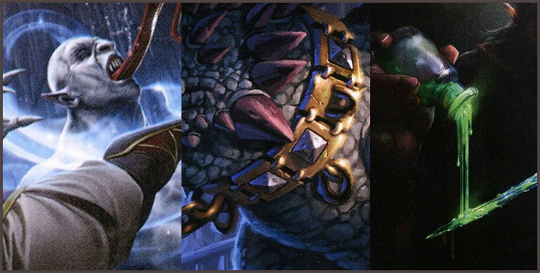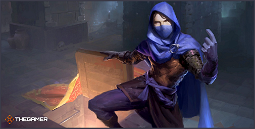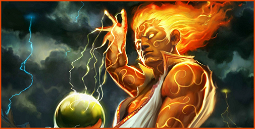Status conditions in Dungeons & Dragons
Want to know about conditions in Dungeons & Dragons? Status conditions are a core part of D&D, and you’ll probably see them crop up in your adventures. These conditions exist to help with role-playing and combat, whether you’re trying to sneak around, gather information, or keep an enemy occupied.
Status conditions in D&D can be useful in many situations, but there are some that you should try to get rid of as soon as possible. These can hinder your abilities, but you can mitigate the effects or cure them altogether using a spell or potion. Certain species also have traits that interact with certain conditions, so your character building could be heavily influenced by your species. So here’s everything you need to know about conditions in Dungeons & Dragons, including their effects, lists of the different ones, and how to cure or mitigate them.
All Dungeons & Dragons conditions
The Player’s Handbook lists the following as conditions that “can be part of another condition”. This means that if you’re afflicted with another condition that causes you to be incapacitated, you have to resolve incapacitated first.
Here are all the regular conditions in Dungeons & Dragons:
How D&D conditions work
Effects of these conditions do not stack, so you won’t receive double damage if afflicted multiple times. However, some conditions can stack and have progressively severe effects, which we will cover in more detail in our Dungeons & Dragons exhaustion guide.
Each condition has different effects, and as a Dungeon Master, you should know what each of them means for your players. For example, blinded and charmed have specific effects on ability checks and attack rolls, while conditions like grappled, invisible, paralyzed, petrified, poisoned, prone, restrained, stunned, and unconscious have different effects on movement, attacks, and saving throws.
Condition effects
Here are the effects for all conditions in Dungeons & Dragons:
With so many conditions in Dungeons & Dragons, it’s easy to see why some players opt for status effect removal spells or potions, especially if you’re playing with a critical eye for balance. That said, there are plenty of conditions that are reliable and effective, especially against opponents.
Some species also have traits that interact with certain conditions, affecting your character building. For example, Strix have the Feather Fall trait, which causes them to automatically fail any saving throw caused by a condition that causes falling.
Make sure you consider reliability and potency when choosing which conditions to use. Potency refers to how effective a condition is as a combat tool, compared to other conditions. For example, blinded may be an effective status because of its reliability and potency, but it might not be as useful as paralyzed.
Now you know all about the different conditions in Dungeons & Dragons, you can prepare to tackle those status effects in your next adventure. While you’re here, check out some of our other essential guides to Dungeons & Dragons, including the best Dungeons & Dragons races and classes, how to play Dungeons & Dragons, or even how to get started with Dungeons & Dragons online.














